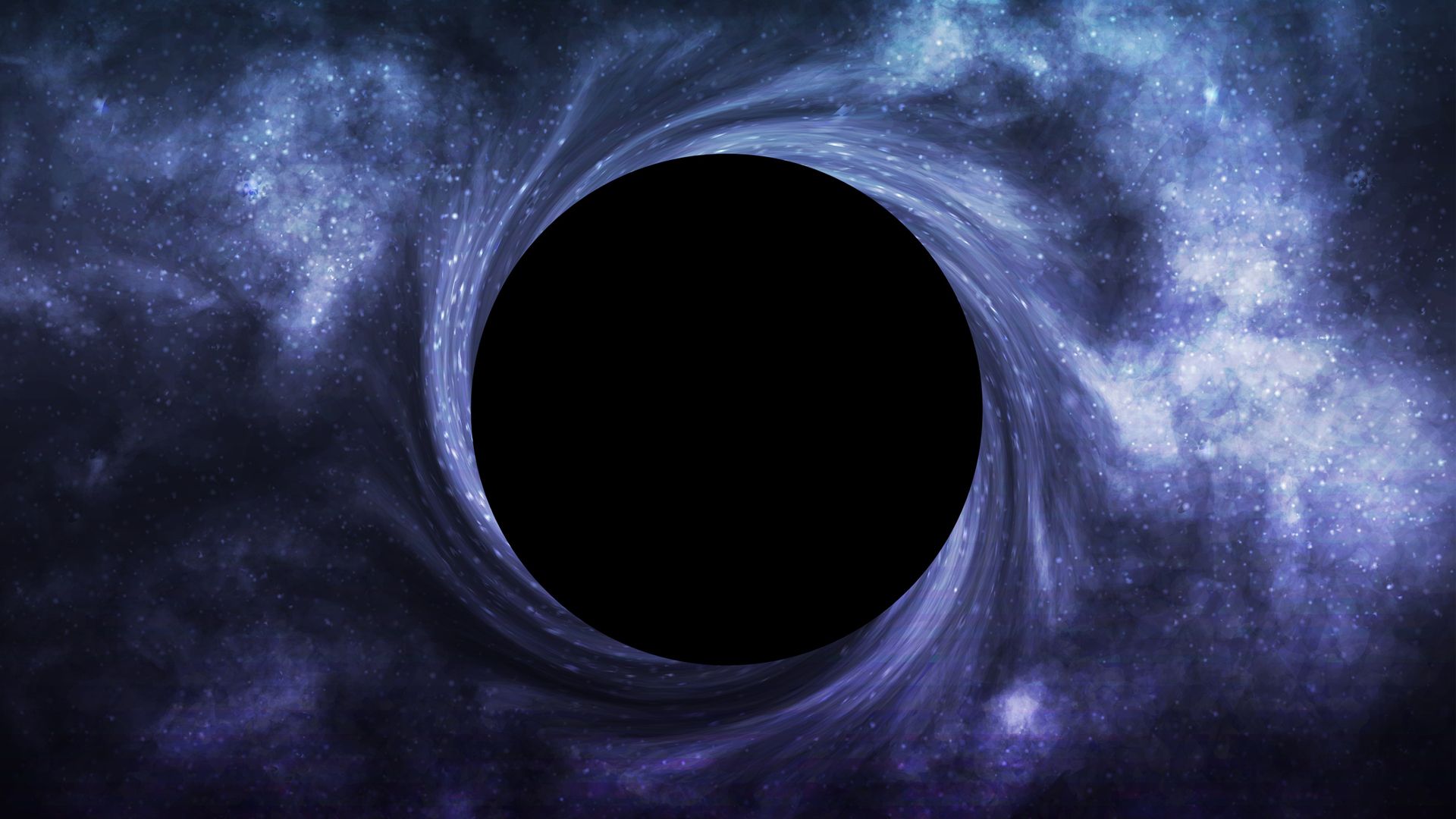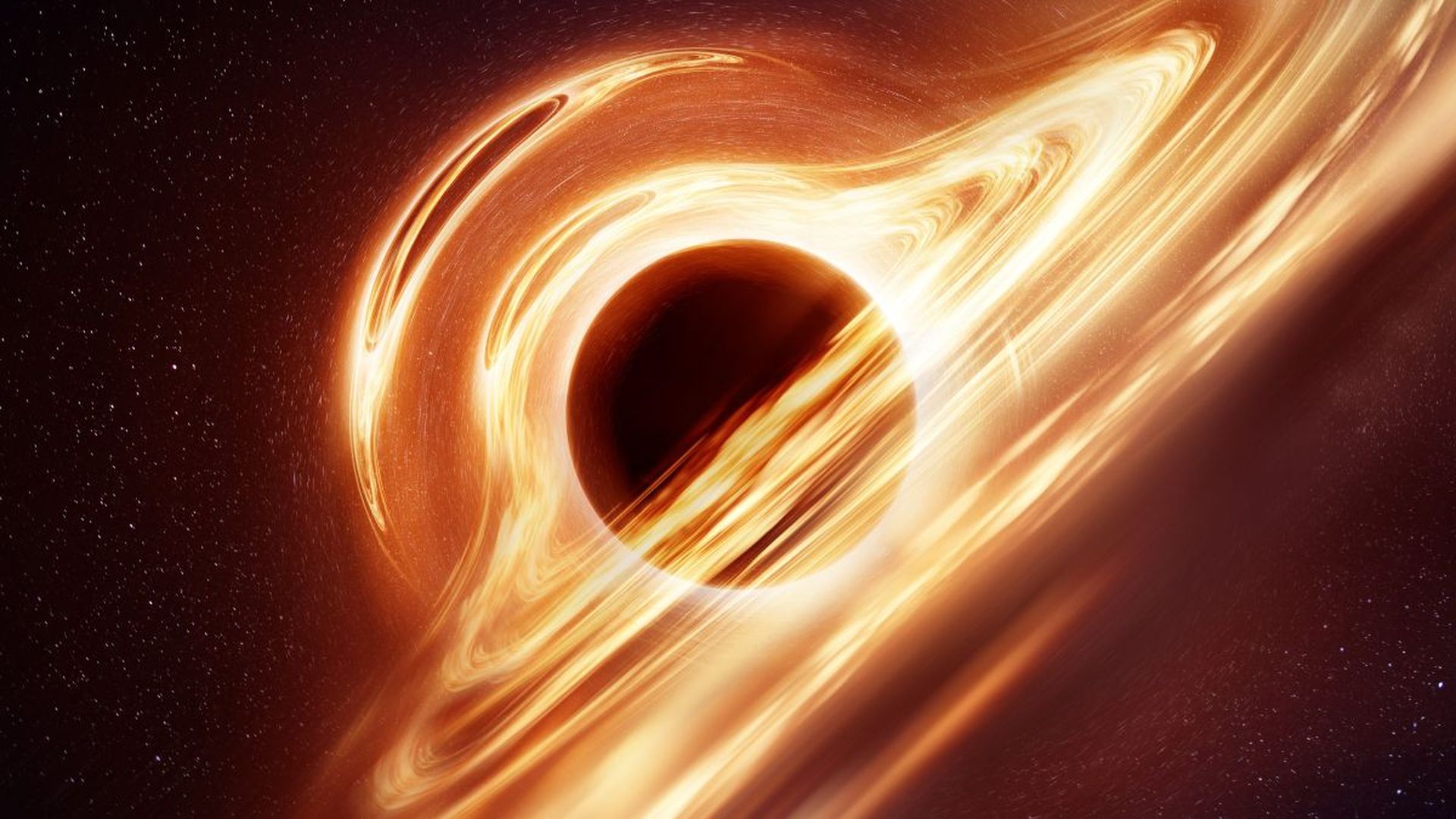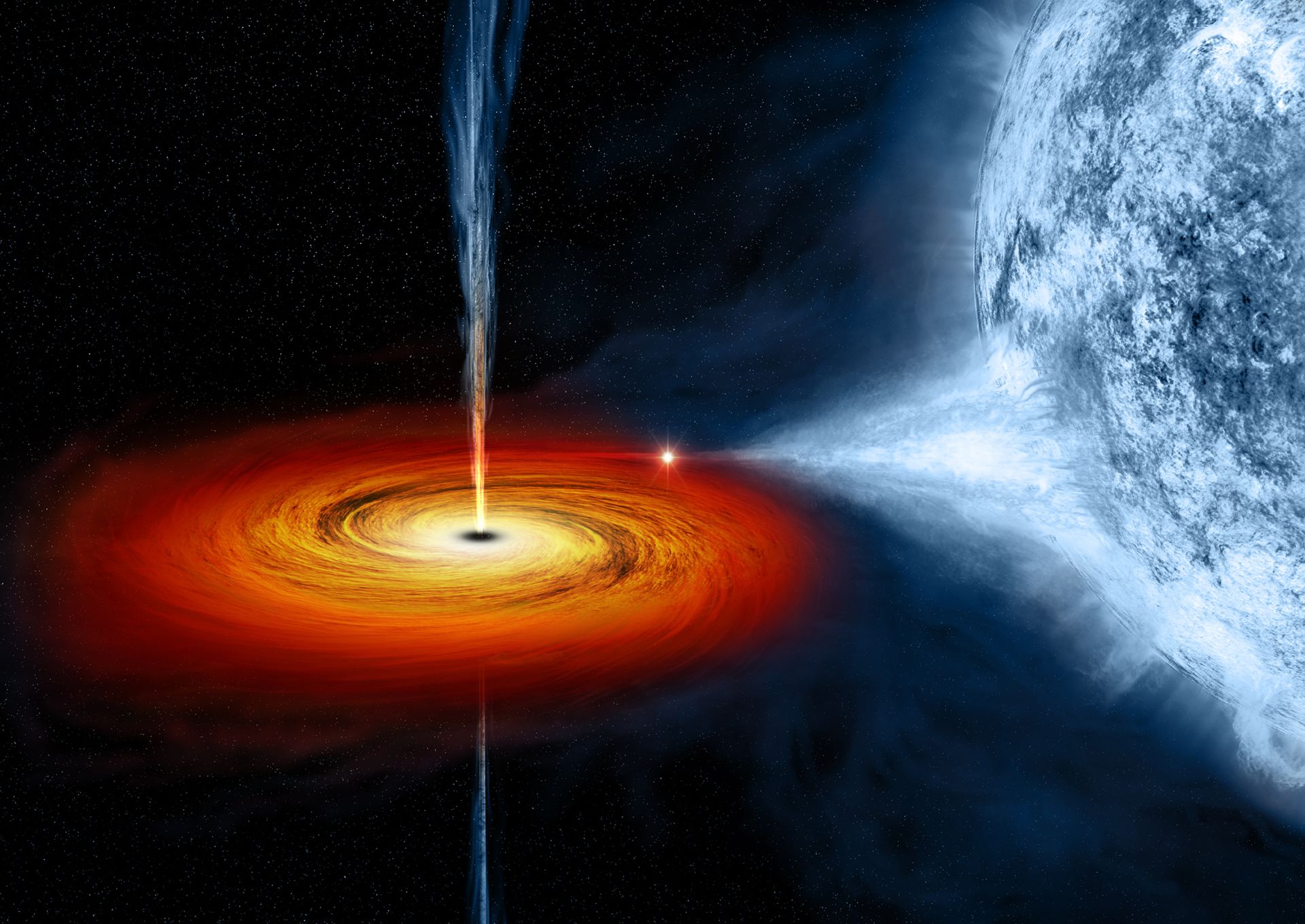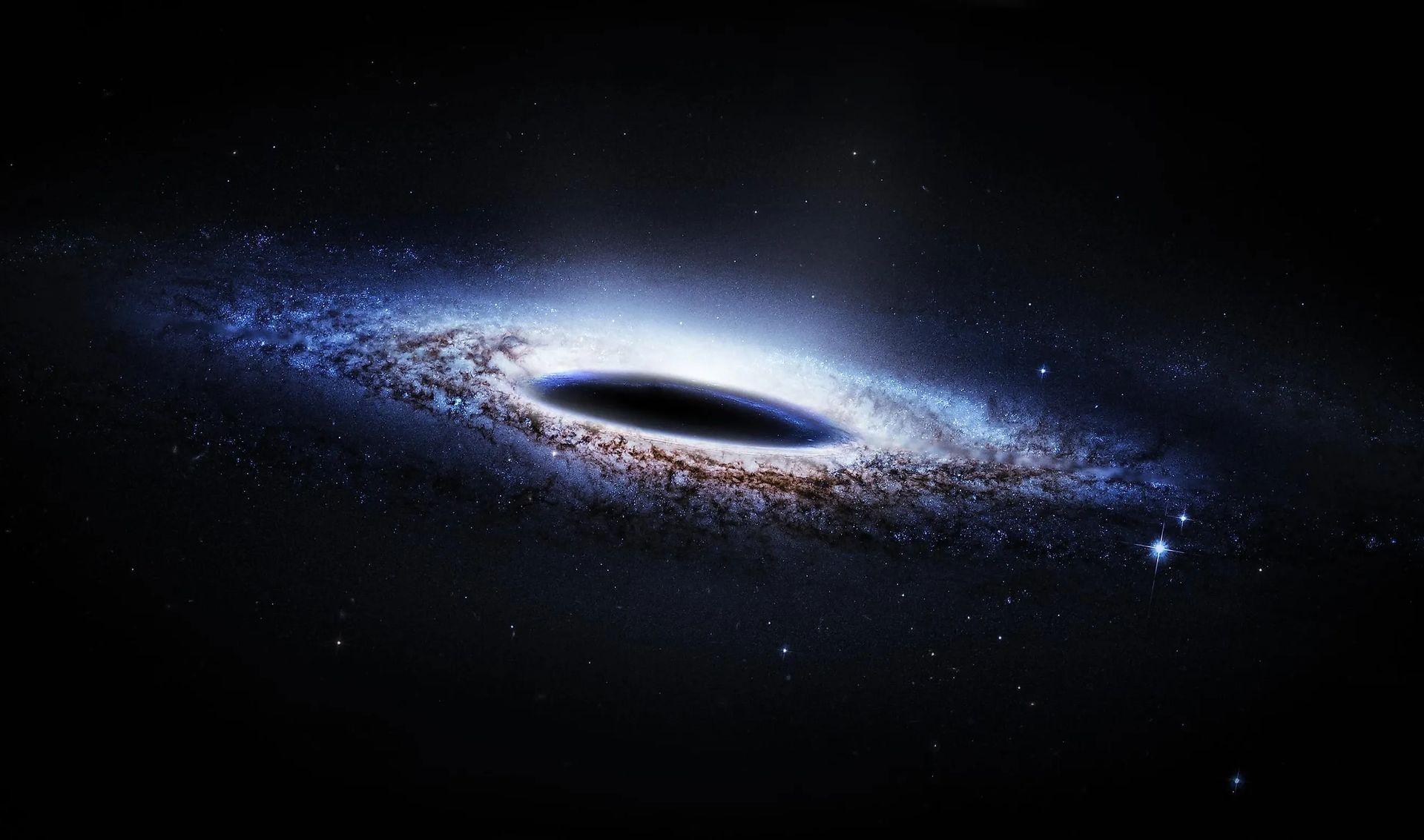- Earlier this year, scientists detected the first sounds of a black hole.
- The Perseus Galaxy cluster’s black hole is located 200 light years from Earth.
- And now, what a black hole sounds like is revealed by NASA.
- The Perseus cluster’s cosmic gases offer more than enough medium to record a sound despite the fact that there is no such medium in a vacuum.
Black holes are the most fascinating celestial objects to observe and today NASA revealed what a black hole sounds like. Theoretically, nothing can escape the gravitational pull of a black hole, not even light. We are also unable to hear it since vacuum dominates space. But NASA has now figured out what a black hole sounds like. The noises of a black hole were first heard earlier this year, and now NASA has altered those sounds.
There is a Black Hole 200 light years from Earth at the center of the Perseus Galaxy cluster. Through the NASA Chandra X-Ray observatory, researchers were able to capture its sounds earlier this year. Now, the same recording has been re-released along with new information on the Black Hole. The video was posted by NASA on its social media accounts, and the sound recordings contained data derived from the observations. The end product is a terrifying groan that logically best describes a black hole.
If you want to see a black hole before you hear what it sounds like, check out this supermassive black hole at the center of our milky way galaxy, it was pictured for the first time.
Why do black holes make sound?
The short audio clip made public by NASA is a remix of the original and continues to demonstrate—or, more accurately, to make audible—how pressure waves are resonating through the heated gas surrounding the event. The background music in most horror films has a sound that is reminiscent of moaning and rumbling on a large scale.

The galaxy cluster’s extremely hot gases are rippled by pressure waves that are generated from a black hole at Perseus’s center.
Scientists were able to “resynthesize” or convert pressure waves into audible sound waves. Initially, 57 octaves below the range of human hearing, the sound waves’ frequency was recorded. The sound of Perseus can only be heard by scaling the sound wave frequency 144 quadrillion times (144,000,000,000,000,000) higher than the original frequency. Thanks to this method NASA was able to share what a black hole sounds like.
It is a mistake to assume that since space is mostly vacuum, sound cannot exist there. The misunderstanding is based on the idea that sound waves need a medium to travel through, such as air or water. There is no such medium in a vacuum, yet the Perseus cluster’s cosmic gases provide more than enough medium to record a sound.

The M87 and Pegasus galaxies were “sonified” as part of an ongoing initiative to “sonify” the cosmos and gather the symphony of space, led by NASA’s Chandra X-ray Observatory and NASA’s Universe of Learning program.
What a black hole sounds like?
You can watch the video below to hear what a black hole sounds like:
The misconception that there is no sound in space originates because most space is a ~vacuum, providing no way for sound waves to travel. A galaxy cluster has so much gas that we've picked up actual sound. Here it's amplified, and mixed with other data, to hear a black hole! pic.twitter.com/RobcZs7F9e
— NASA Exoplanets (@NASAExoplanets) August 21, 2022
For those who wonder how we are able to hear a Black Hole 200 light years away when the space is said to be all vacuum, there is a simple explanation. This Perseus Black Hole is surrounded by lots of gas material and NASA scientists have managed to pick up the data from the same media.

“The misconception that there is no sound in space originates because most space is a vacuum, providing no way for sound waves to travel. A galaxy cluster has so much gas that we’ve picked up actual sound. Here it’s amplified, and mixed with other data, to hear a black hole,” stated NASA via its NASA Exoplanets handle.
In the upcoming years, researchers will learn more about black holes. We have only caught a brief, hazy view of a real black hole image, but it generally resembles the artist renderings we have seen in pictures and science fiction films. Maybe in the future we will be able to hear what a black hole sounds like more clearly!





